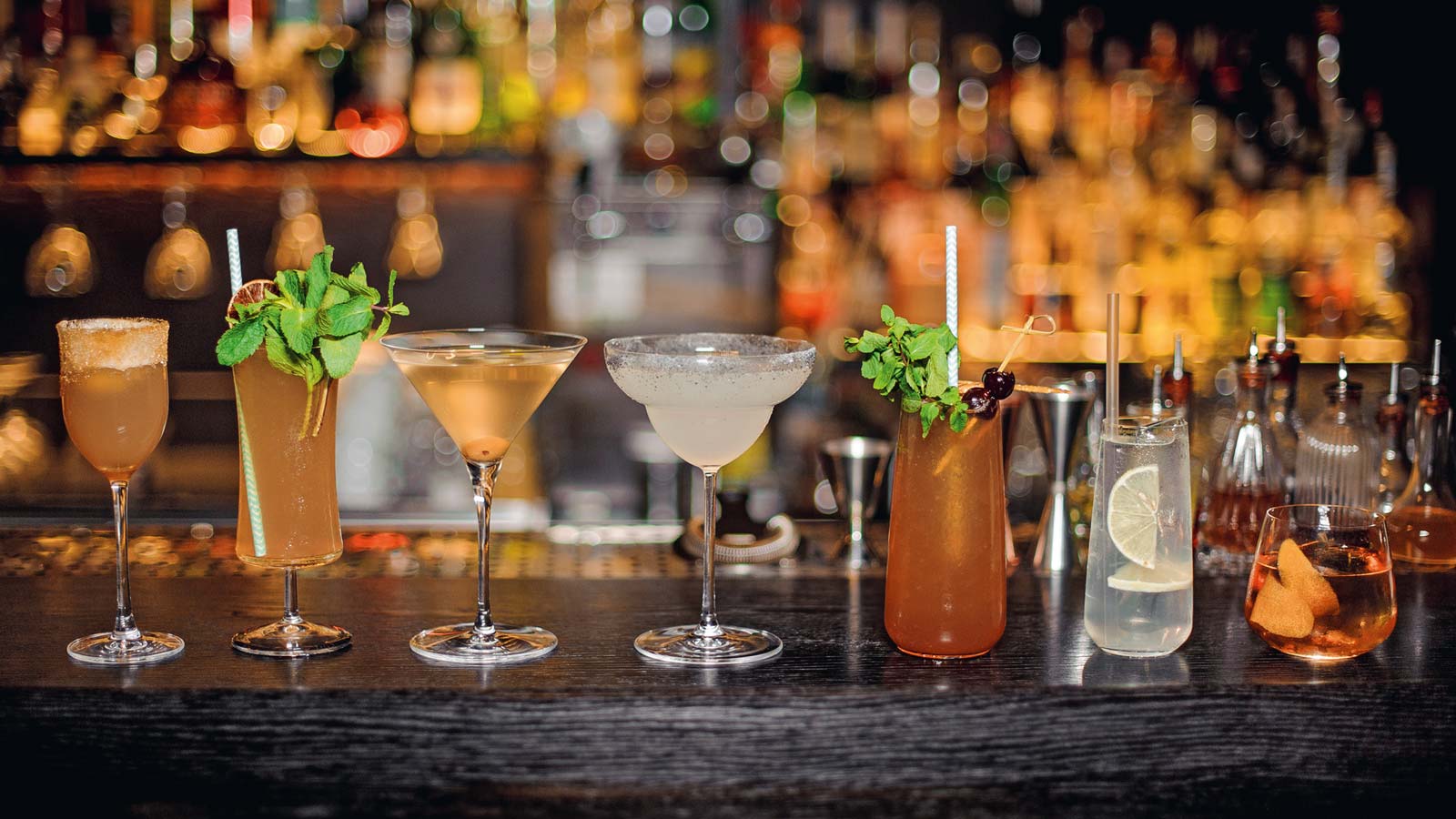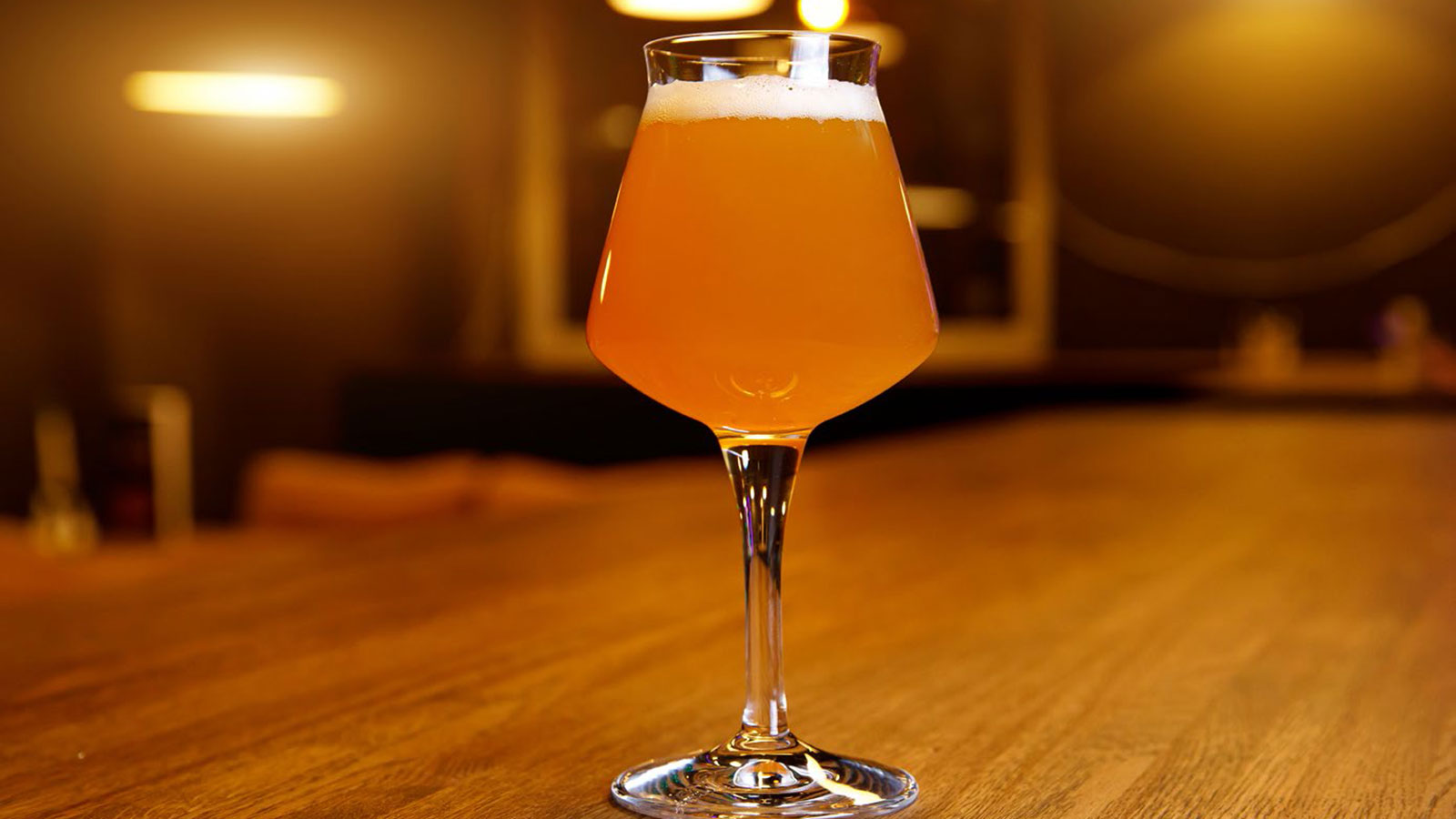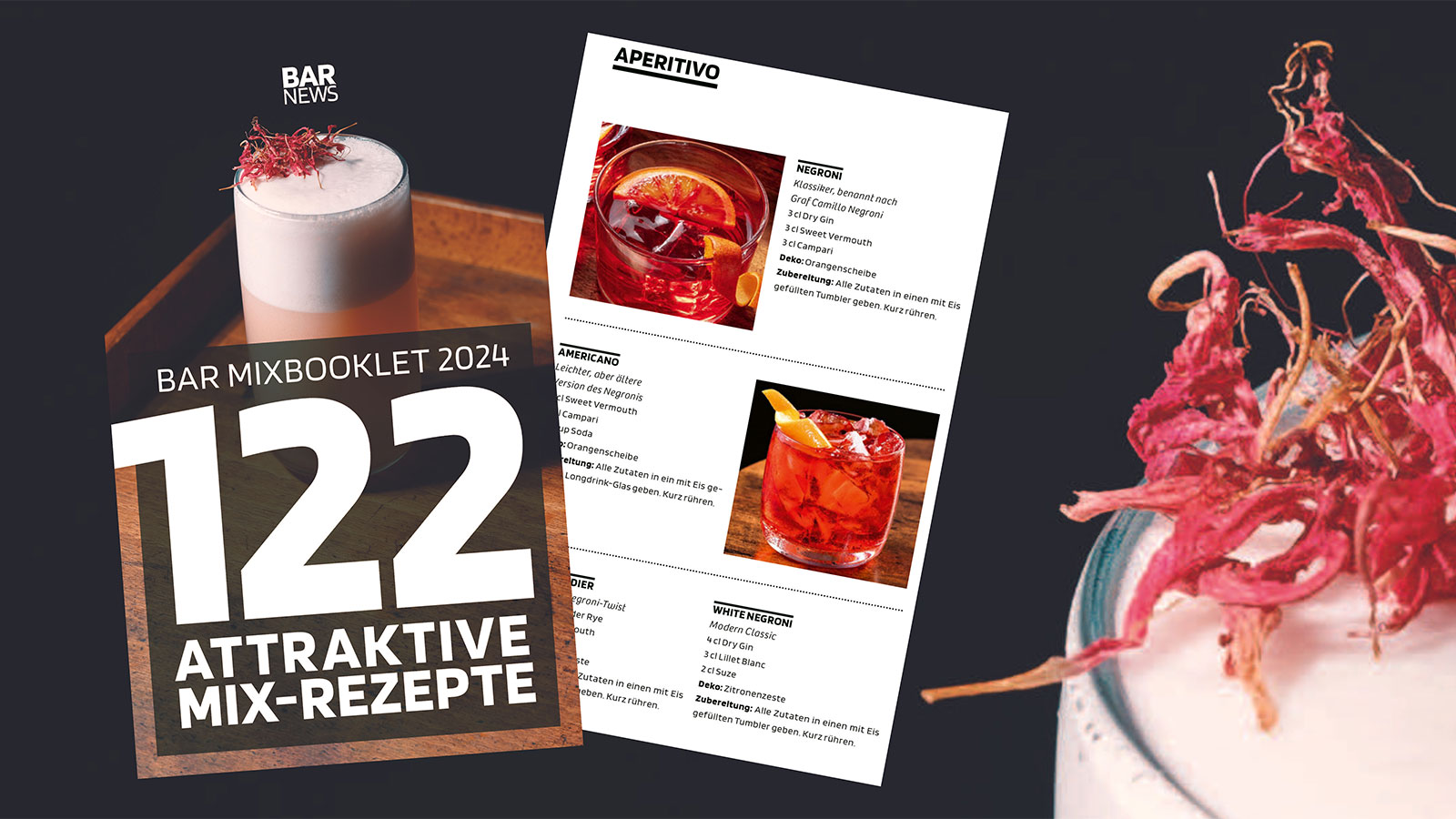You've all been there, just as things are winding down and you can start preparing and/or following up on other tasks, the bar fills up with a large group in no time. You see the waiter's smirk while you're ordering and you know it's going to be a challenge - because everyone orders a different cocktail.
Just thinking about it makes some bartenders break out in a cold sweat. Now, how do you keep the upper hand in this situation and do justice to all orders in terms of quality?
Since the beginning of cocktail culture, bartenders have been thinking about how they can simplify their cocktails and bring them to the guest more quickly. At best, this should be done without a loss of quality and without having to do without additional ingredients. As early as 1862, Jerry Thomas' "Bartenders Guide" spoke of bottled cocktails.
At that time, cocktails were bottled to be sold over the counter. An effective and simple solution, on the one hand to increase turnover and save on staff costs, and on the other hand to supply the guests quickly. What methods are now available to us to manage large orders?
Long-term methods
Barrel Aged
Tony Conigliaro gave the starting signal for barrel-aged cocktails in 2009 in his bar "69 Colebrooke Row" in London. From then on, there was no stopping this trend. Whether it was the Negroni, Manhattan or Bijou, all the classics, which mainly consist of spirits, were barrel-aged. This trend continues to this day.
| - Complex drinks through barrel storage - Quick preparation - Additional variations through changing barrel occupancy with different cocktails. (If Negroni was previously stored in the barrel and then another drink, the latter will absorb flavours of the Negroni). | - Each bottling will taste minimally different due to the wear and tear of the cask - The storage period is delayed with each new filling of the cask. (If 30 days are enough to achieve the desired flavour at the beginning, the 5th bottling may already require months). |
Bottle Aged
As early as 1818, the Bottle Aged method is an always up-to-date and great way to prepare cocktails for the long term.
| - Consistent quality - Quick preparation - Easy handling - Long storage possible | - Not suitable for fresh ingredients and juices - Mixing before the guest is largely lost |
Short-term methods
Prebatching/Premixing
Prebatched cocktails are the easiest method for every bartender. They are pre-made cocktails that are used to reduce waiting times in the bars. The aim is to do as much as possible in advance. However, there are a few things to bear in mind:
- Like with like: In general, like can always be mixed with like in advance. E.g. liqueurs with liqueurs, fruit juices with fruit juices. Liqueurs can be mixed together days in advance, fruit juices on the other hand only on the same day, in order to stay fresher and to preserve the aroma of the fruit.
- 1 to 3: Think in proportions and do not multiply.
- Stir or shake: Note dilution.
- Fresh ingredients should be fresh: Lemons or mint should still find their place in the actual service. Not all cocktails are suitable for prebatching. For example, cocktails with dairy products and/or eggs should always be prepared fresh.
Draft Cocktails
Cocktails on tap: Draught cocktails are poured like draught beer through a gas-powered tap. For still cocktails, such as margaritas, liquid-insoluble nitrogen is used to push the liquid through the line; for bubbly cocktails, such as Aperol Spritz, it is carbon dioxide. As with prebatched cocktails, fresh ingredients should always be included in the actual service.
Cocktails to Share
Cocktails to share: Whether served from a teapot in tea cups, arranged on a tray with a carafe and several glasses, or a punch bowl with glasses hanging from it - Shared Cocktails mean limitless creativity - whether in the choice of drinking vessels or in the arrangement. Cocktails to Share require special marketing and should be offered in a very select manner. The rule here is: keep it interesting and simple.
Multitasked and Organised
In general, large orders require a well-organised workplace behind the bar and the ability to multitask for every bartender.
- Never pick up a bottle twice. We should have in mind which drink from that one bottle needs something and how much.
- Make the best use of your workspace: The arrangement of the bottles is also crucial for efficient mixing. This arrangement must become second nature, so that the right bottle can be grasped almost blindly. Also make sure that you don't have to turn around all the time, but that you have all the "important" ingredients in the same line of sight.
- Pay attention to the order of the drinks to be finished: E.g. which glasses are filled with ice first and which drinks are finished first. The rule here is: built drinks first, followed by shaken drinks on ice, then stirred drinks on ice.
Behind the bar, preparation is everything! With the right preparation, we can easily manage even large orders and groups with high quality and make them happy without getting stressed out. With this in mind: Be prepared!




